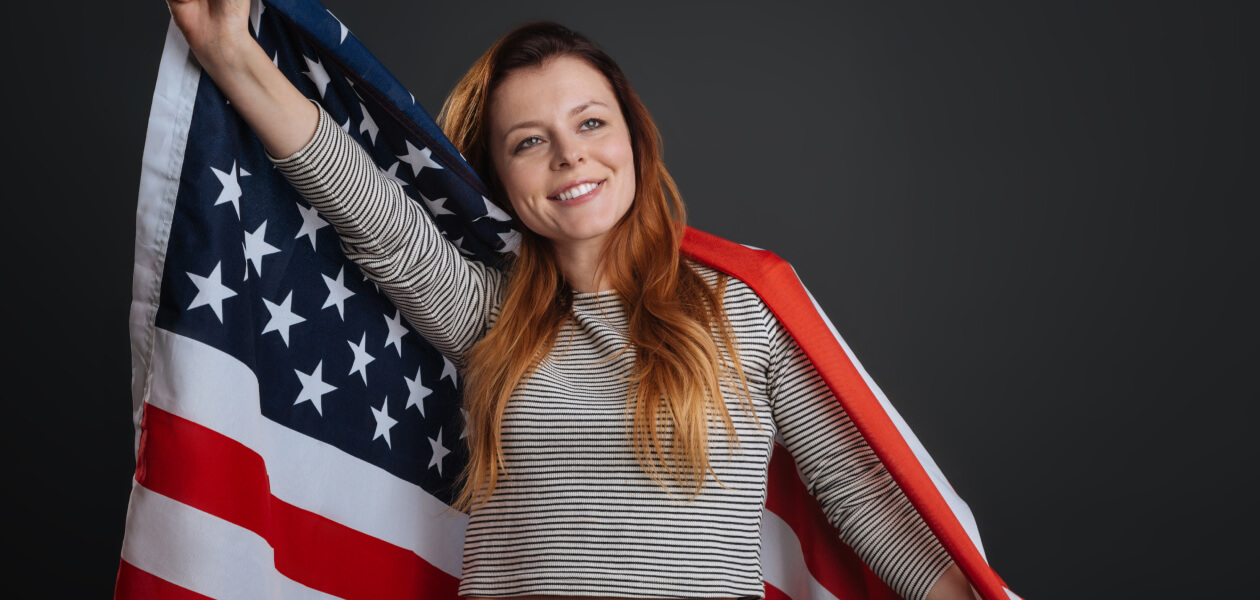Introduction
The F-1 visa is essential for international students who want to study and train in the U.S. Our F-1 Visa Services help students understand and manage Optional Practical Training (OPT) and Curricular Practical Training (CPT) while following immigration rules. Many students depend on F-1 visas each year, so knowing how OPT and CPT work is crucial for their success. We offer personalized support to make the process easy, from applying to finding a job.
Overview of the F-1 Visa
The F-1 visa is a student visa for people studying full-time at a U.S. school. It allows students to take part in programs like OPT and CPT, which provide hands-on experience in their field. This visa helps promote global education by letting students experience American schools and share their viewpoints. By keeping their status, F-1 visa holders can find many ways to grow personally and professionally.
Optional Practical Training (OPT)
What is OPT?
Optional Practical Training (OPT) lets F-1 students work in their field for up to 12 months after finishing their program. STEM students can get a 24-month extension for more hands-on experience. OPT connects the school with real work, helping students turn what they learned into practical skills. It is a great way to start a career that matches their studies.
Eligibility and Application Process
- Eligibility:
- Enrolled in a full-time academic program for at least one academic year.
- Employment must relate directly to the field of study.
- Application Steps:
- Obtain a recommendation from your Designated School Official (DSO).
- Submit Form I-765 (Application for Employment Authorization) to USCIS.
- Pay the required fees and provide supporting documents, including an updated Form I-20.
OPT Extensions and Reporting Requirements
- STEM OPT Extension:
- Available for students in specific STEM fields.
- Requires a valid job offer from an E-Verify employer.
- Reporting Requirements:
- Regularly update your DSO with employment details.
- Report any changes in address or employer.
These steps ensure compliance and open the door to significant professional development opportunities within the framework of U.S. immigration law.
Curricular Practical Training (CPT)
What is CPT?
Curricular Practical Training (CPT) helps students get work experience related to their studies. This can include internships, cooperative education, or other training linked to their courses. CPT creates a learning environment where students can use what they learn in class in real-life situations, improving their academic skills and job readiness.
Eligibility and Application Process
- Eligibility:
- Must have completed one academic year unless the program requires earlier participation.
- Employment must be integral to the curriculum.
- Application Steps:
- Obtain a recommendation from your DSO.
- Secure an updated Form I-20 indicating CPT approval.
Differences Between CPT and OPT
- Purpose: CPT is part of the academic curriculum, while OPT focuses on postgraduate training.
- Timing: CPT is available during the program; OPT is primarily post-completion.
- Authorization: CPT is employer-specific and approved by the institution; OPT requires USCIS authorization.
Understanding these distinctions helps students plan their academic and professional paths effectively.
Student Responsibilities
Maintaining Visa Status
- Enroll in a full-time course load during your program.
- Adhere to employment limitations for OPT and CPT.
- Avoid actions that might jeopardize your visa status, such as unauthorized work or failing to report required changes.
Reporting Requirements
- Update your DSO with any changes in address, employment, or program status.
- Ensure compliance with U.S. Customs and Immigration Services (USCIS) regulations.
- Timely reporting safeguards your ability to fully utilize the benefits of your F-1 visa.
Rights and Obligations
Legal Rights for OPT and CPT Participants
- Work legally in the U.S. within the parameters of your training authorization.
- Access legal resources if facing workplace issues.
- Exercise workplace rights without fear of discrimination or retaliation.
Obligations to Maintain Status
- Abide by work-hour restrictions (20 hours per week during studies, full-time during breaks for CPT).
- Avoid unauthorized employment.
- Regularly update your DSO and maintain clear documentation of employment activities.
Being well-informed about your rights and responsibilities ensures a smooth and lawful experience while in the U.S.
Visa Processing Times
Typical Timelines for OPT and CPT Applications
- OPT: USCIS typically processes applications in 3-5 months.
- CPT: Institution approval may take 1-4 weeks.
Common Reasons for Denial
- Incomplete or inaccurate application.
- Failure to meet eligibility criteria.
- Submitting the application too late.
How to Avoid Pitfalls
- Double-check all documents before submission.
- Work closely with your DSO and adhere to deadlines.
- Maintain communication with your employer and institution.
Proactively addressing potential issues can save significant time and effort.
Extending F-1 Visa
Procedures for Extensions
- Apply for an extension if additional time is needed to complete your program.
- Provide documentation, including updated financial proof and academic standing.
Pathways to Green Card
- Transition from OPT or CPT to permanent residency through employer sponsorship or other immigration pathways.
- Explore options like EB-2 or EB-3 visas based on employment-based eligibility.
Strategic planning can facilitate a smoother transition from student status to permanent residency.
Professional Assistance
Benefits
- Streamlined application processes.
- Minimized risk of delays or denials.
- Expert advice tailored to your situation.
Role of StudentUSVisa in Visa Services
StudentUSVisa helps F-1 visa holders with OPT and CPT applications, visa transfers, and extensions. Their experienced team offers personalized support to help students understand the requirements and navigate the process easily. With their expertise, students can concentrate on their studies and career goals without worrying about visa issues.
Our Process
StudentUSVisa follows a structured process to assist F-1 visa holders:
- Initial Consultation: Understanding the student’s needs and goals.
- Document Preparation: Assisting with the collection and preparation of necessary documents.
- Application Submission: Guiding through the application process and ensuring timely submission.
- Ongoing Support: Providing continuous support and updates throughout the visa process.
Recent Posts
-
 December 22, 2023
December 22, 2023Tips for a Successful F-1 Visa Interview
-
 December 22, 2023
December 22, 2023Benefits of Studying in the United States ...
-
 December 22, 2023
December 22, 2023Understanding the F-1 Student Visa Process
Contact Us
Frequently Asked Questions
OPT is for post-graduation work; CPT is part of the academic curriculum.
Typically 3-5 months.
Yes, as long as it adheres to F-1 visa regulations.
No, CPT requires full-time enrollment.
Yes, but ensure proper documentation.
Consult with your DSO for next steps.
Yes, but you must report the change to your DSO.
Your degree must be in a STEM field, and you need an E-Verify employer.
The USCIS application fee is $410 (subject to change).
Yes, but ensure both are within compliance.
Ready to embark on your F-1 visa journey?
Contact us today for personalized guidance on OPT and CPT applications. Let us help you achieve your academic and career goals with confidence!
